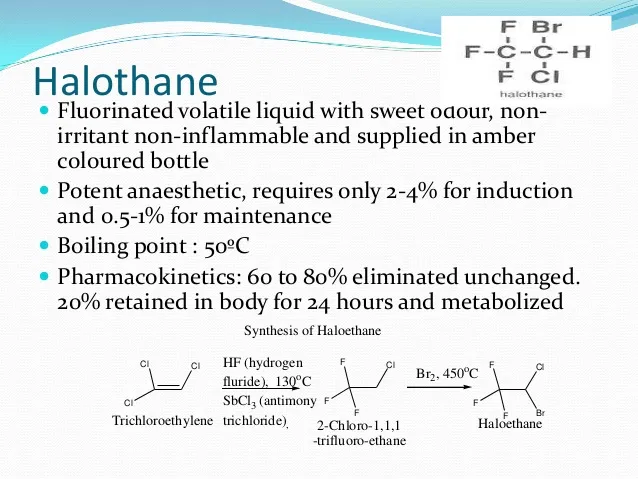Inhalational anaesthetic-binding proteins in neuronal membrane
Jin Xi, Maryellen Eckenhoff, Roderic Eckenhoff et al, University of Pennsylvania & Amersham Biosciences :: The Journal of Biological Chemistry, Vol. 279, No. 19, May 7 2004, pp. 19628-19633 :: http://www.jbc.org/content/279/19/19628.full.pdf+html
In this study 34 binding sites were identified for the anaesthetic halothane. Within this group, mitochondrial proteins especially those involved in the respiratory chain are prominent. Binding was also associated with the existence of internal protein cavities, with buried cavities seen as a possibly dominant feature of anaesthetic binding.

At the moment, there is little hard evidence for binding sites in ion channels, despite the existence of anaesthetic-related changes in ion channels. This study identified both membrane and mitochondrial proteins as binding sites. A group of 34 proteins were identified, of which 21 were mitochondrial proteins including a number of ATP synthase and NADH related proteins. One tubulin protein, the building-block protein of microtubules, tubulin beta chain 15, was also identified. This appears to leave a minority of 12 proteins in the group that are not related to the mitochondria or the microtubules
In this study, mitochondria are particularly indicated as a site for anaesthetic binding. Previously, it had been thought that the anaesthetic concentrations required to influence the mitochondria were higher than the clinically used amounts, but the authors are now querying this conclusion. In fact, there now appear to be some effects from anaesthetic molecules binding to mitochondrial respiratory complexes and that mitochondrial effects could contribute to anaesthetic action. The mitochondrial voltage-dependent anion channel, which is evolutionarily ancient, is also suggested by this study to contribute to anaesthetic action.
The authors and also other researchers have viewed internal cavities in proteins as favourable sites for anaesthetic binding. Internal cavities, rather than pockets on the surfaces of proteins, are viewed as being most suitable for anaesthetic binding. While small anaesthetic molecules may bind in a variety of sites, the molecules particularly favour internal protein cavities of a suitable volume
While in no way conclusive in a debate as to whether anaesthetic binding is more crucial in membrane proteins or within the neuron in the mitochondria and possibly the microtubules, the evidence here is suggestive of the importance of the mitochondria. The study unexpectedly indicated the importance of cavities of particular volume within proteins, and binding is more likely to occur where these are abundant than elsewhere. Such cavities are available in the proteins of mitochondria and microtubules.
In modern terms, the mitochondria are of special similarity because of their close biomolecular and evolutionary relationship with the chloroplasts of plants that rely on quantum coherent energy transport. Further to this, tubulin, the building-block protein of microtubules, is indicated as a suitable site for anaesthetic binding, although the theme is not developed in this report.